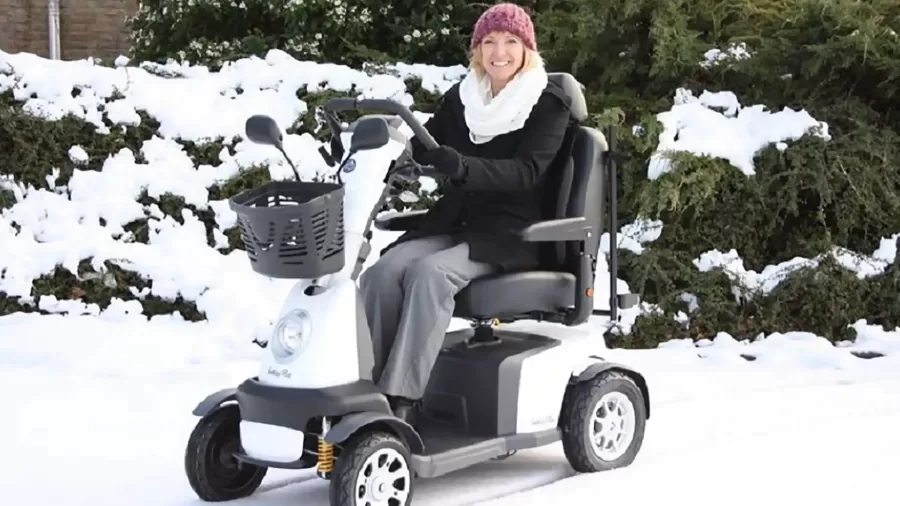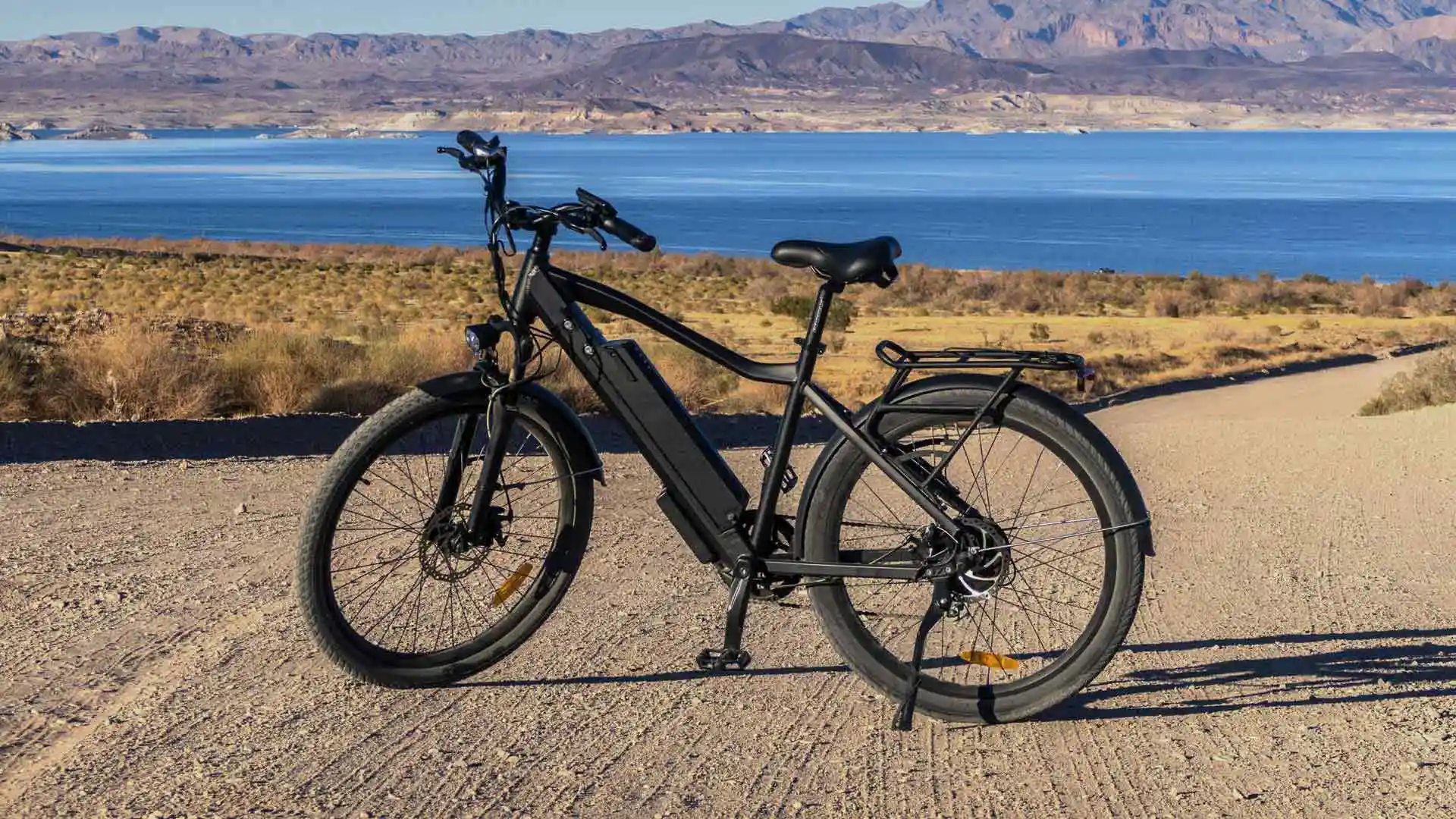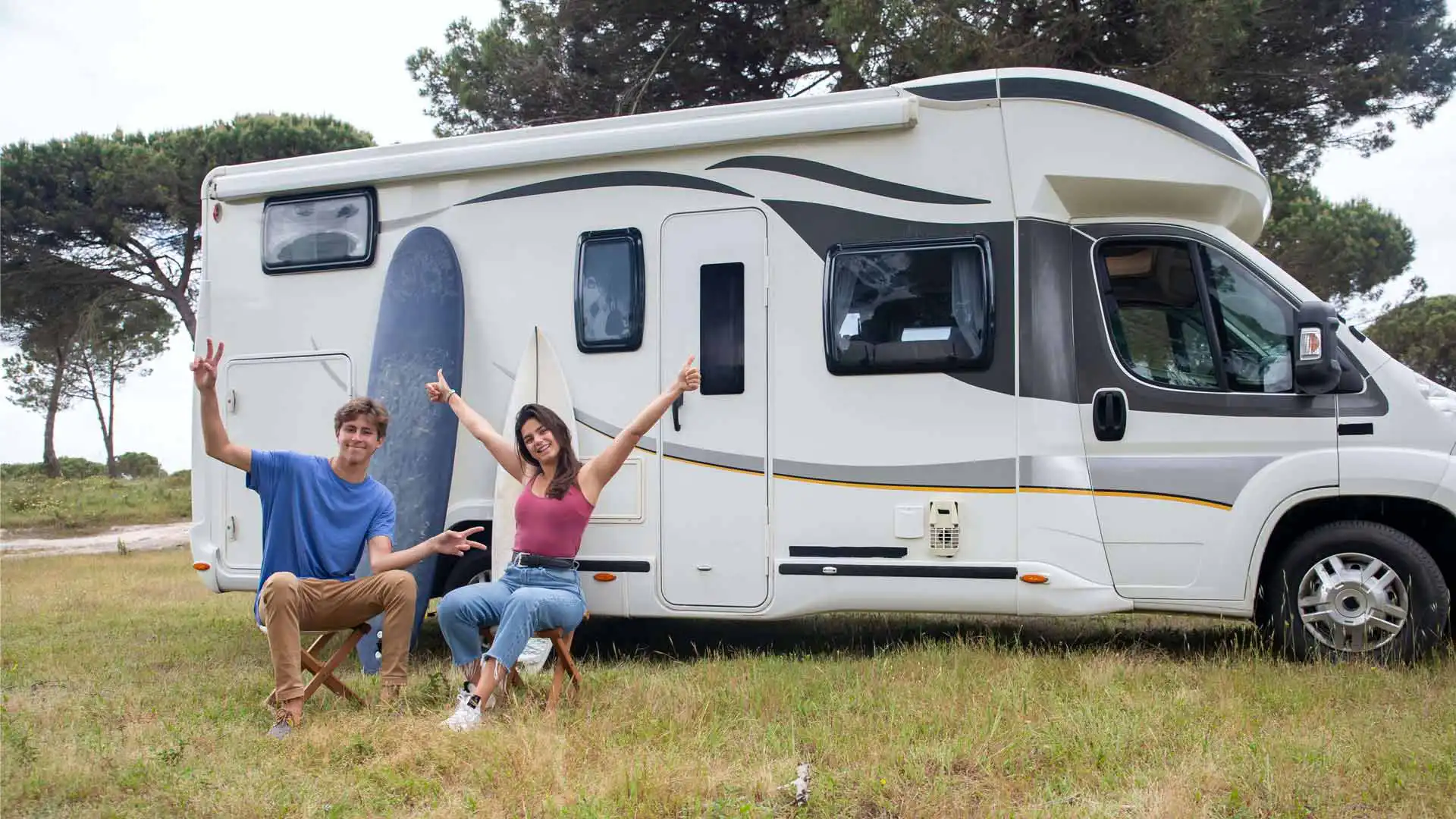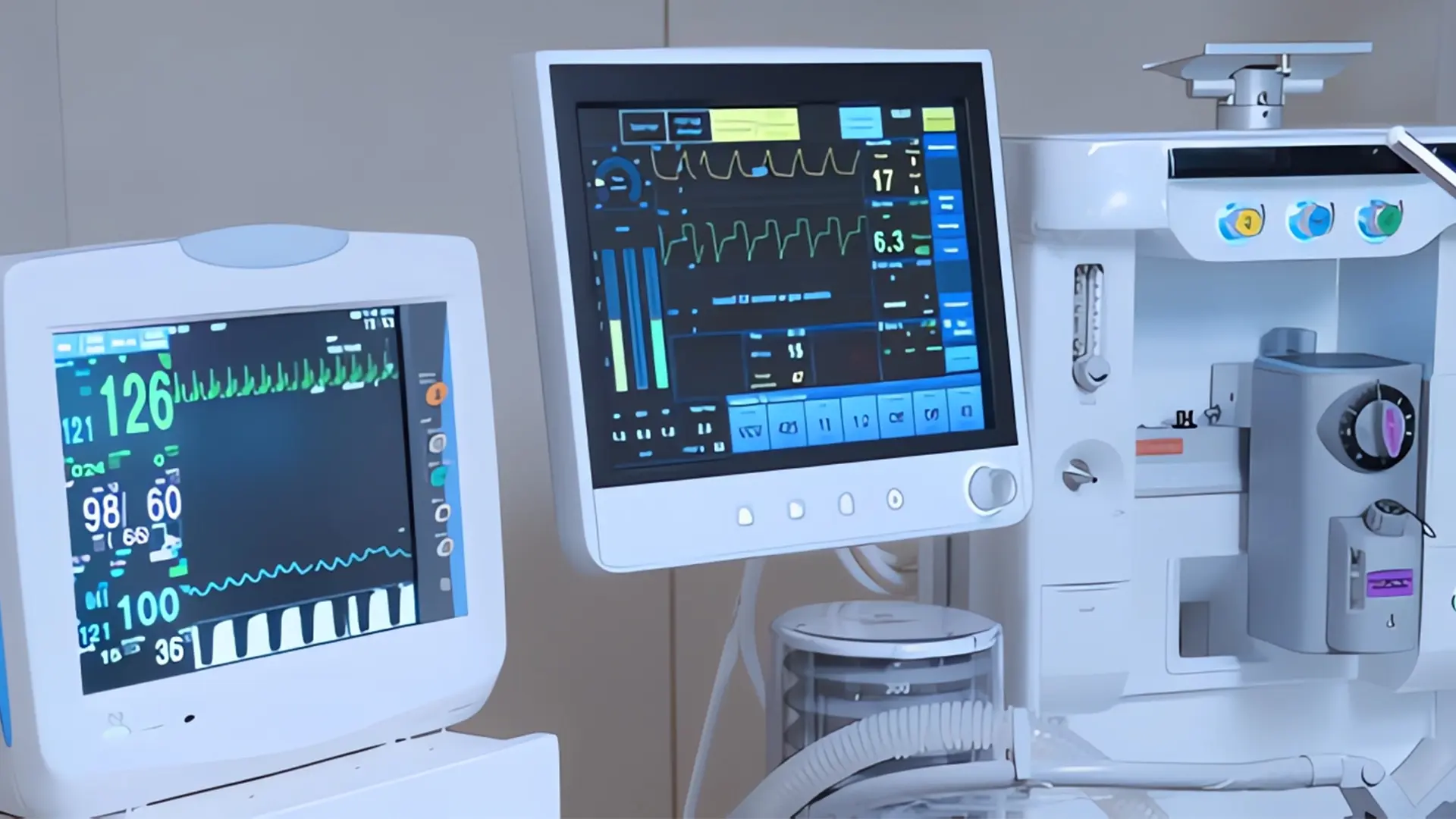Mobility scooters have changed the lives of mobility-impaired people by offering them the freedom and mobility. The batteries are at the core of these indispensable vehicles. Next, we will go over several elements of mobility scooter batteries, such as selecting the right battery, understanding its range, and charging requirements. Proper usage and maintenance are crucial to maximize the benefits of your mobility scooter.
How to Choose the Right Mobility Scooter Batteries?
When it comes to selecting a battery for your mobility scooter, it’s critical to consider the following factors. In this article, we will compare lithium batteries for mobility scooters with lead-acid batteries, the challenges associated with lead-acid battery replacement, and the benefits of upgrading to lithium batteries.
Lithium-ion batteries have reformed the mobility scooter market, and they bring several advantages over lead-acid batteries. They decreased the weigh,t making the scooters more agile and providing a longer lifespan. Lithium-ion batteries are faster and more effective, expanding the range of your scooter.
However, lead-acid batteries remain a popular alternative due to their low cost and ubiquitous availability. They are also low-maintenance, requiring less regular watering or acid change than previous battery types. The lead-acid batteries are substantially heavier and with a shorter lifespan. People are also concerned about the performance in freezing and low temperatures.
If you consider the performance, range, and simplicity, lithium-ion batteries are your better choice. However, if you consider the cost and ease of maintenance, lead-acid batteries may be a good choice.

The following table shows 2 drive mobility scooter battery examples:
| Battery Type | Voltage | Capacity | Battery Dimensions | Weight | Lifespan | Application |
| Lithium-ion | 12.8V | 100Ah | 12.91*6.77*9.06 inch | 24.9 lbs | 5-10 years | Mobility Scooter Battery |
| Lead-acid | 12V | 75Ah | 10.2*6.61*8.31 inch | 49.6 lbs | 2-3 years | Mobility Scooter Battery |
As you can see, the same 12-volt Mobility Scooter Battery. Lead-acid batteries are heavier and may make it more difficult to control your scooter. A lithium-ion battery is a fantastic choice if you require a lightweight mobility scooter with a lithium battery. Mobility Scooter Lithium Battery Replacement improves your scooter’s efficiency and performance significantly.
Determining Range and Lithium Batteries for Mobility Scooters Life for Fully Charged Scooters
The range and lifespan of lithium batteries for mobility scooters are decided by multiple factors such as battery capacity, scooter weight, topography, and usage patterns.
Range
The distance of a mobility scooter that can travel on a single battery charge is referred to as its range. Because of their higher energy density, lithium batteries often have a longer range than other types of batteries.
The range may be estimated as the battery capacity, which is typically specified in ampere-hours (Ah). Higher Ah ratings imply a bigger battery capacity, which translates to a greater range. The weight of the scooter and the rider, as well as the terrain, all have an impact on the range. The range is often reduced by uphill climbs and difficult terrain.
Lifespan
The number of charge cycles a lithium battery can withstand before its capacity begins to decline noticeably. A charge cycle normally consists of fully charging the battery and then draining it.
Lithium batteries for mobility scooters typically have a lifespan of 500 to 1,000 cycles, depending on the quality of the battery and how well it is maintained.
To extend the life of a lithium battery, please avoid using the battery over-discharge till empty and avoid using it in extremely hot or cold environments. Regularly charge the battery, even if it has not been empty. Store at 25℃ temperatures, and it will protect the battery’s performance and life.
It is crucial to remember that the range and lifespan of lithium batteries are determined by the cell model and brand. To get reliable data on the battery, which is used in a mobility scooter, you’d consult the battery manufacturer.
How to Correctly Charge a Drive Scout Mobility Scooter Battery?
Properly charging your mobility scooter battery is critical for best performance, longevity, and safety. Here are some important charging guidelines:
- Lithium Battery Charging: Lithium batteries may be charged regularly without being entirely drained. To retain their capacity, they should be recharged after each usage before you store them. Overcharging might harm and shorten the battery’s lifespan.
- Lead-Acid Battery Charging: Deep drain and recharge cycles are beneficial to lead-acid batteries. Ideally, charge them after each use and avoid leaving them in a deeply discharged state for a lengthy amount of time.
The charging time for a Drive Scout mobility scooter battery is determined by the kind of battery, the size of the battery, and the depth of discharge (DOD). DOD is the proportion of the battery’s capacity. A greater DOD will result in a longer charging time.
Here is a table that summarizes the charging times for Drive mobility scooter batteries:
| Battery Type | Size (Ah) | DOD | Charging Time (hours) |
| Lead-acid | 12 | 50% | 4-6 |
| Lead-acid | 12 | 75% | 6-8 |
| Lead-acid | 12 | 100% | 8-10 |
| Lithium-ion | 12 | 50% | 2-3 |
| Lithium-ion | 12 | 75% | 3-4 |
| Lithium-ion | 12 | 100% | 4-5 |
As you can see, lithium batteries for drive mobility scooters charge more faster than lead-acid batteries. Because lithium-ion batteries can tolerate more charge current than lead-acid batteries. Consider purchasing a high-quality charger that is particularly suited for your mobility scooter’s battery chemistry. This will guarantee safe and effective charging.

What are the Challenges Facing Mobility Scooter Batteries?
Mobility Scooter Battery in Cold Weather
Cold temperatures have an impact on the performance of mobility scooter batteries, particularly lead-acid batteries. The chemical processes that occur within the battery slow down in colder temperatures, resulting in a reduced range and faster drainage, causing in mobility scooter battery to drain fast. To avoid this, these effects:
- Store your scooter in a warm place when not in use during cold weather.
- Warm up your battery by running the scooter for a few minutes before using it in cold temperatures.
- Avoid exposing your battery to extreme temperature fluctuations. Or customized consultation for low-temperature battery packs.
Take a Mobility Scooter with a Lithium Battery on a Plane
People with disabilities need to travel on airplanes with their mobility scooters. It is critical to verify with the particular airline their policies and requirements for transporting motorized scooters on airplanes.
You must advise the airline that you will be traveling with a lithium-ion mobility scooter. This should be done at least 48 hours before your travel. Some scooters may be foldable or lightweight enough to meet air travel regulations, making it easier for people with mobility issues to visit new places.
How Can I Prolong the Life of My Mobility Scooter Battery?
Follow these vital techniques to extend the life of your mobility scooter battery and maintain consistent performance:
Regular Charging
Charge your battery regularly, even if you don’t use your scooter every day. It helps to preserve the capacity of the battery and prevents sulfation, which can harm the battery and limit its lifespan.
Avoid Overcharging and Undercharging
Overcharging can destroy the internal components of the battery, while undercharging can cause sulfation.
Proper Storage
When you do not use the battery, keep it in a cool and dry environment. Extreme temperatures affect battery performance and longevity.
Maintenance
Clean the battery terminals on a regular basis to eliminate corrosion and guarantee appropriate connections. Check the electrolyte level (in lead-acid batteries) on a regular basis and refill as needed.
Cold Weather Precautions
To ensure battery performance during cold weather, store your battery indoors or in a heated garage. To keep it warm, consider using a battery blanket.
Plan Your Journeys
Carefully plan your journeys to reduce time spent in frigid weather and to eliminate unnecessary breaks that deplete the battery.
Monitor Battery Performance
Keep an eye on the performance and range of your battery. Consider changing the battery if you observe a considerable loss in range or a faster-than-usual drain rate.
Choose the right Battery
Choose a lithium-ion battery with a longer lifespan and better performance in cold temperatures.
Consider a Battery as a Replacement
If you often travel in cold weather or need to use your device for a lengthy period of time, consider bringing a battery as a replacement to ensure uninterrupted mobility.
You can extend the life of your mobility scooter battery and enjoy a more consistent performance by following these suggestions and fixing any concerns.
Finally, mobility scooter batteries are the lifeline of these incredible devices, allowing people with disabilities or mobility impairments to move around freely. You may improve the performance, range, and lifetime of your mobility scooter by using the correct battery, charging methods, and maintenance approaches. Let us boost your energy with love and embrace the power of mobility scooter batteries in any place.












2 thoughts
It’s been a pleasure and I’m glad to be able to help, thanks for the message!
Thank you for your message, I feel honoured to be able to boost you energy.